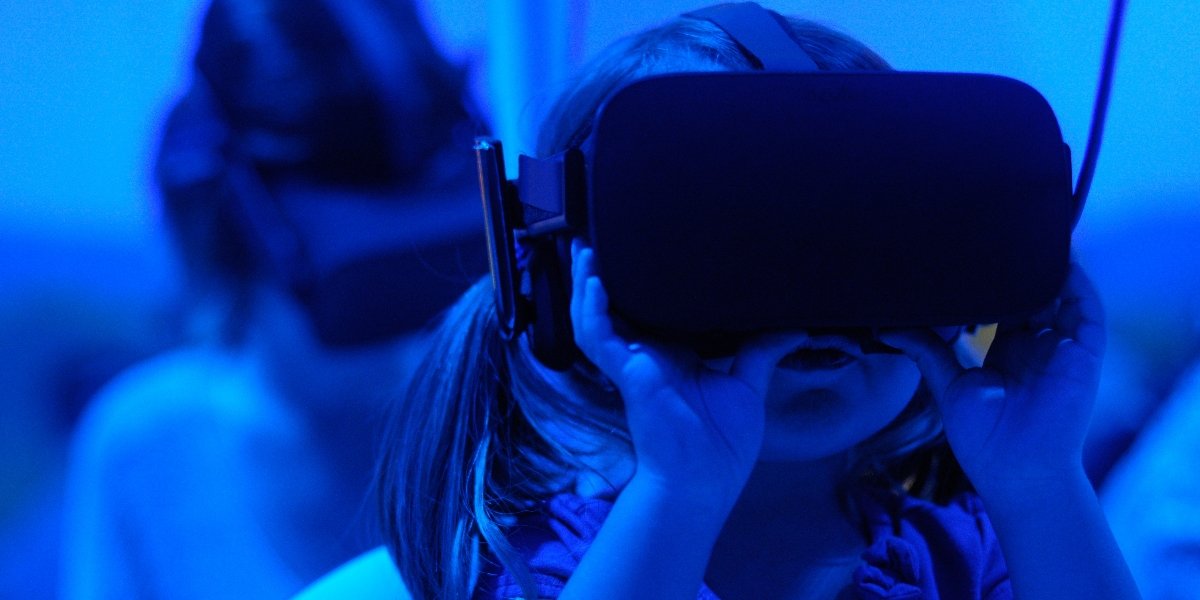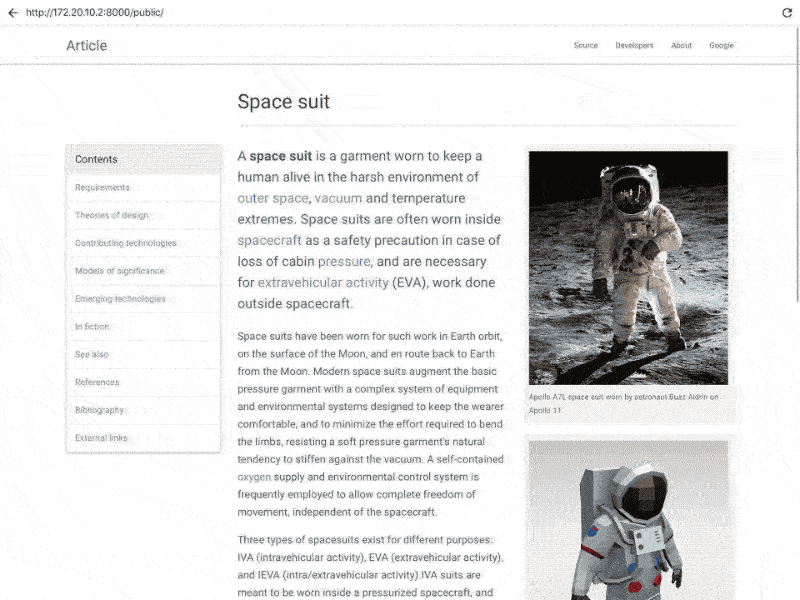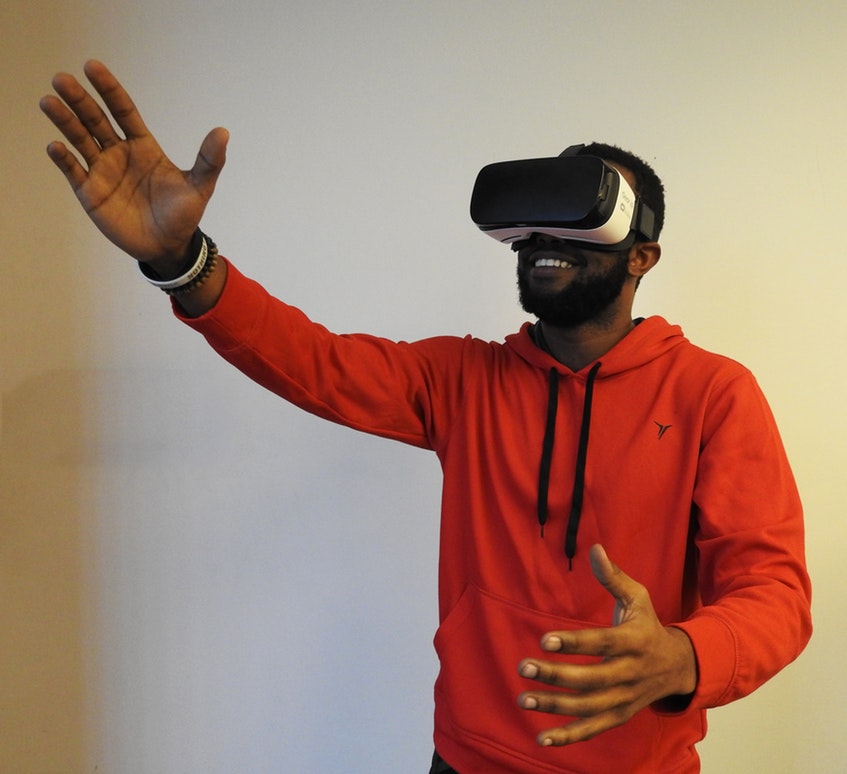When Facebook bought Oculus for a whopping $2 billion, it was an indication that Virtual Reality holds an immense potential down the line. But it was not just Facebook that saw this technology as a prodigy but even its compeers - Google, Apple, Microsoft, Samsung, HTC and Sony have cast the die for removing the barrier between the content and user with its state-of-the-art head mount device. Looking at this trend, experts have even forecasted that the augmented and virtual reality will see a
momentous growth from $27 billion in 2018 to $209.2 billion in 2022. That’s a gargantuan growth!
“Mobile is the platform of today, and now we’re also getting ready for the platforms of tomorrow,”
- Mark Zuckerberg on buying Oculus
Although living in a digital realm through a device strapped around our eyes, of course, reminiscents a sci-fi cyberpunk movie. But one thing is clear - it’s no more fiction. It’s an utter reality known by the name Immersive Experience and it is happening now.
But what exactly is Immersive Experience?
If you have been following the tech trends, your eyeballs might have struck to few headlines about Virtual Reality, Augmented Reality or Mixed Reality. Those are the immersive technologies that are blurring the lines between digital content and our real life.
The term immersive is derived from the word “immerse” which means submerge. And immersive experience refers to immersing the user into the virtual or illusionary environment that feels real.
Further, based on the level of immersion, this artificial environment is bifurcated as semi-immersive, immersive (complete immersion) and collaborative (a collective immerse experience to different individuals).
How Immersive Experience will Affect Web development
The web has been through varied phases, from the classic HTML to the status quo of the mobile-first era and the VR future. The later one will indeed make significant changes. Just imagine walking down the lobby or sitting on the chair and interacting with the website with the head-mount that gives you the life-like experience.
It’s but natural that this paradigm shift will not just affect the way digital content is consumed but also the way it is created. This means any
web development company will have to adapt to the new designs, development and the way users interact in VR.
AR Web Elements
Although VR is the technology on the top of our mind when talking about immersive experience, Augmented Reality (AR) is something that will play a big part in changing web development.
With the Android and iOS supporting AR and devices like Hololens, there have been several experiments to place the web elements into the real life of the user. This immersion allows the user to bring the web elements to their physical environment. They can walk around and experience it in a better way than a normal picture or video cannot.
Here is an example of prototypes of AR web built by Google using Three.js, a JavaScript Library to create graphics with WebGL.
(Google’s VR Web Prototypes)
VR and Web Development
With immersive experience gradually sliding to the mainstream, the technology for building VR enabled web is drastically developing. A few years back, developing and accessing the immersive experience in the web may seemed something that puts you at your wit's end. But the introduction of WebVR has changed the game.
WebVR is a JavaScript API that enables the development and access of VR websites and apps using WebGL. This cross-browser API is a standard for making the immersive experience available in all major browsers such as - FireFox, Chrome, Chromium, Microsoft Edge, Samsung Internet and more. Further, there are a number of proliferating frameworks such as
A-Frame,
React.VR and
Vizor that are making the development easier and more fun for the web developers.
(“A Frame” - a WebVR based Framework for building VR experience)
Designing from Bland to Vivid Web UI
The web design today is pretty two dimensional - the web elements, the images and the entire user interface we interact with are instrinctly static and 2D because we interact with them through the screen.
But not with the immersive experience. The true essence of VR lies in not only immersing the user into the content but also the user interface. And if the designs remind the user that they are using a website with a 2D UI, it won’t be the true immersive web experience. That makes it imperative to design high fidelity UI for immersive experience.
Interaction beyond clicks
The traditional interaction on the web is through the mouse pointer and clicks which doesn’t provide the user with the utmost level of immersion. But the leading VR HMDs such as Samsung Gear, HTC and Oculus Rift comes with the controllers that are either position tracking or rotation tracking or both that makes the user interaction more immersive. And a giant stride that is elevating the user interaction to another level is voice commands, hand gestures and even the eyes based interaction with just a moment of the eyeball. This enables developing a web that is beyond clicks for interaction.
Wrapping Up
Unequivocally, immersive experience is changing the way the web used to be - the way it is consumed and the way is developed. Even web is supplementing the immersive experience to help it break out of the rut of gaming and utilizing the technology in a better way. These two technologies indeed have opened the new purview of possibilities and it is obvious that. together, they are going to be the new paradigm.





